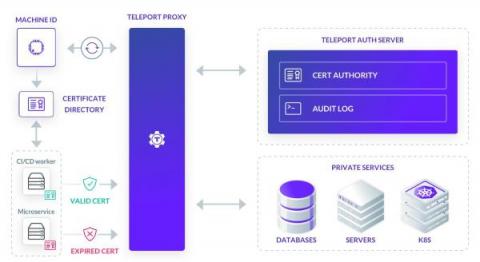Pentest People: Health and Wellness Support
Did you know that one in six people experience a mental health problem each year in the workplace? This statistic suggests that at least 16 people a year at Pentest People will suffer from a mental health condition.











